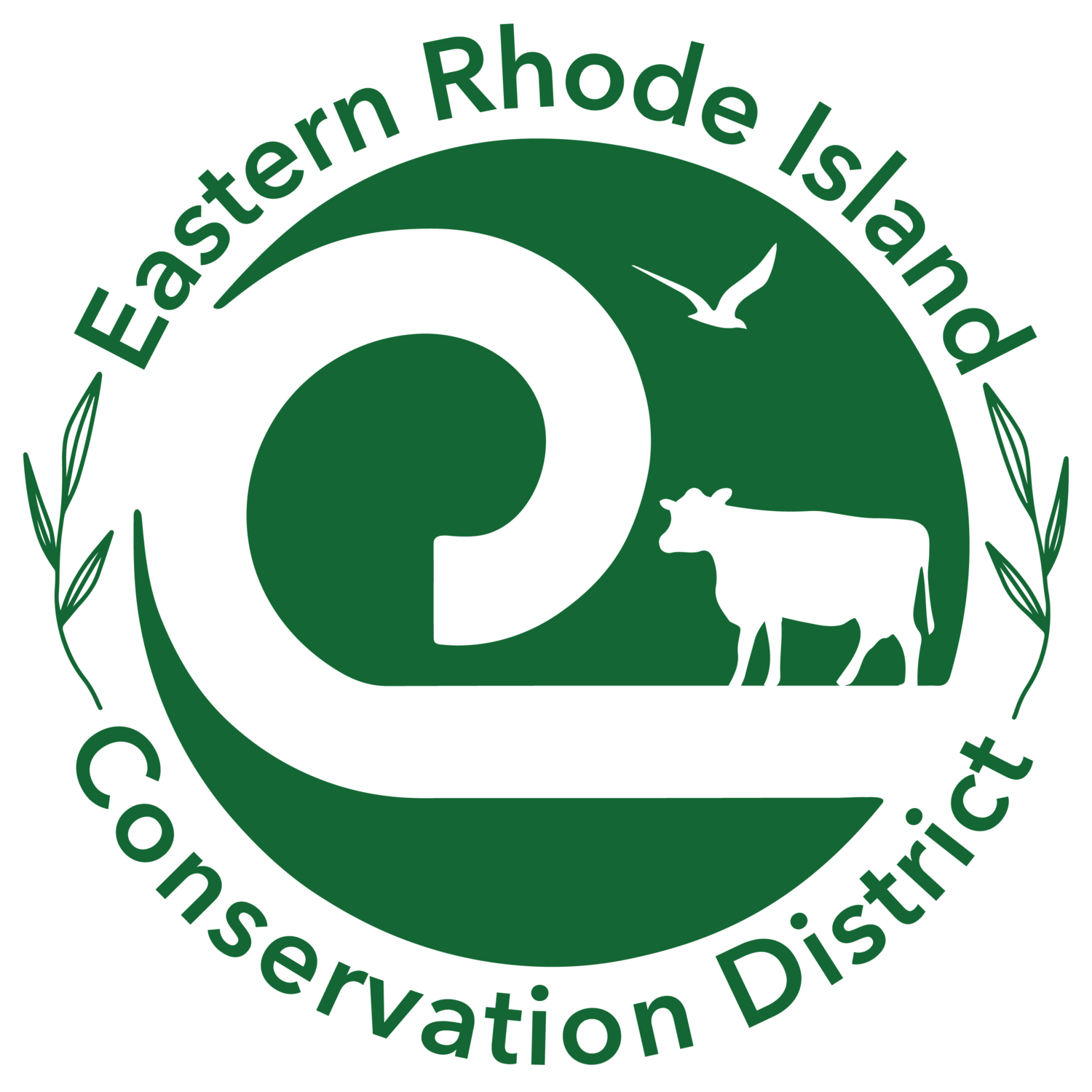Help Our Pollinators!
Build a Pollinator Patch in Your Yard
By practicing certain Pollinator Friendly Practices (PFP) set by the North American Pollinator Protection Campaign (NAPPC) you can make your yard a haven for native pollinator species. The six different management techniques to consider are foraging habitat, reproduction, shelter, chemical use, invasive/exotic species and ongoing monitoring.
Recommended Pollinator-Friendly Plants
Swamp Milkweed, New England Asters, Button Bush, New Jersey Tea, Cardinal Flower, Spotted Cranesbill, Wild Bergamot, Narrowleaf Mountain Mint, Flowering Raspberry, Pussy Willow, Gray Goldenrod, American Blue Vervain, Virginia Spiderwort
Pollinator Friendly Practices (PFP)
-

Foraging Habitat
Cultivating native plants that will provide nectar & pollen for pollinator species in your region will ensure a sufficient food source. It is worthwhile to consider the variety of shapes, depth, color and bloom periods of flowers growing to ensure pollinators ranging from bumble bees to flies, can access the food throughout their active season. Moths for example tend to prefer light colored flowers as they are nocturnal feeders and more easily locate flowers that reflect the moonlight. Bees with short tongues require flowers like asters that are more open and not as deep.
-

Reproduction & Shelter
Nesting habitats vary greatly between pollinator species but all require sunlight, a nearby water source and an ample food supply. Some butterfly and moth species require larval host plants, bees can require ground nesting locations or snags while hummingbirds look for dense shrubs or deciduous trees. Keeping nesting locations and foraging plants clustered together will help combat one of the causes of their decline, habitat fragmentation. Shelter for pollinators includes plantings that break the wind as well as areas to overwinter.
-

Chemical Use
Pesticides are a known problem for pollinators. Each chemical has a varying effect depending on the species of pollinator. It is recommended to not use pesticides and if absolutely necessary to look into its active ingredient and potential harm.
-

Focus on Natives
Plants that are invasive to a particular region can quickly overtake and degrade healthy pollinator habitats. Management of species like multiflora rose are highly recommended. A pollinator habitat should be 75% native plantings with the rest being non-native, but ideally not invasive.


